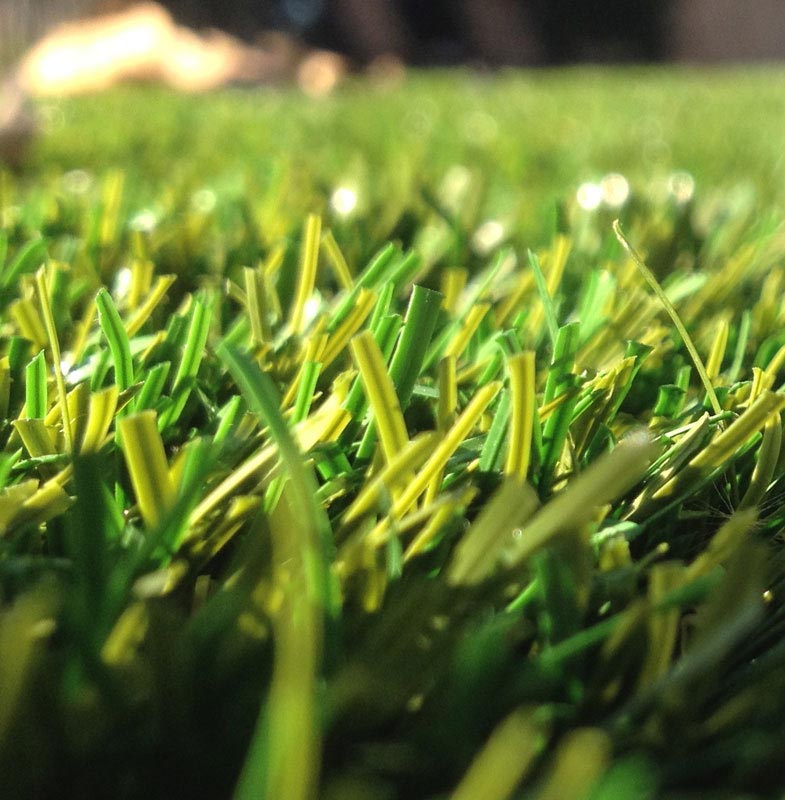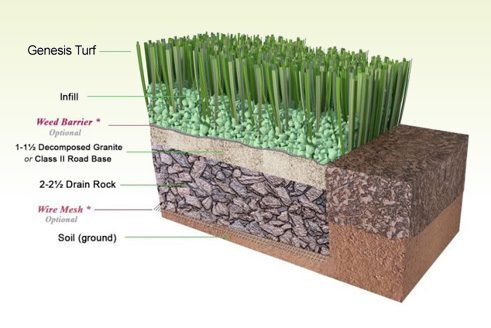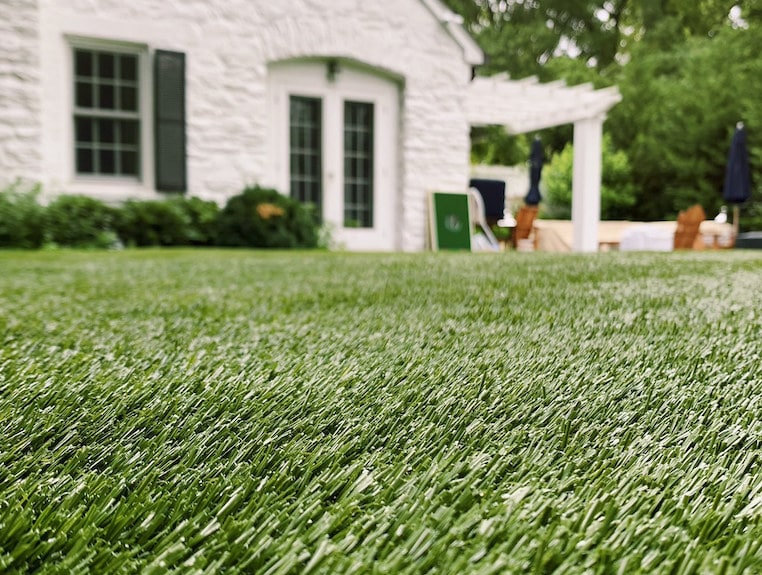Top-Grade Arizona Turf Options for a Attractive and Lush Landscape
Look Into the Environmental Conveniences of Opting for Artificial Grass Solutions
The fostering of artificial lawn options provides a compelling opportunity to resolve pressing ecological difficulties. By considerably reducing water usage and decreasing the application of hazardous chemicals, these alternatives not only advertise sustainable landscape design but additionally shield neighborhood ecosystems. Moreover, the reduced carbon impact associated with reduced maintenance activities adds to a much more lasting approach to land monitoring. Nevertheless, the implications of these advantages extend beyond mere conservation efforts, raising questions concerning their long-lasting influence on environment preservation and overall eco-friendly equilibrium. Exploring these measurements discloses a complicated interaction worth taking into consideration.
Water Preservation Conveniences
One of the most significant benefits of fabricated turf is its ability to preserve water. In contrast, synthetic lawn does not require watering, dramatically lowering the overall demand for water sources.
By removing the requirement for normal watering, synthetic grass adds to sustainable landscape techniques and aids mitigate the ecological impact of extreme water usage. The preservation of water extends to the decrease of drainage, which can lead to dirt disintegration and river pollution.
In addition, the installment of synthetic grass permits homeowners and districts to allocate water resources much more effectively, concentrating on crucial uses such as drinking water and farming. The shift in the direction of synthetic grass not just promotes liable water usage however likewise straightens with more comprehensive environmental objectives targeted at preserving natural deposits.
As neighborhoods progressively focus on sustainability, the water preservation benefits of synthetic lawn provide a compelling situation for its adoption in commercial and residential landscaping tasks.
Reduced Chemical Use
The transition to fabricated grass significantly lowers the reliance on chemical treatments frequently used in natural yard maintenance. Standard grass management generally entails the application of pesticides, plant foods, and herbicides to promote growth and control bugs. These chemicals can position dangers to human wellness, regional wild animals, and the atmosphere, contributing to soil and water contamination.
In comparison, man-made grass removes the requirement for these dangerous materials. By decreasing the release of synthetic substances right into the community, man-made turf promotes healthier dirt and water systems.
In addition, the lack of chemical runoff connected with synthetic grass setups aids protect local rivers from air pollution, supporting aquatic life and maintaining biodiversity. Phoenix turf companies. As areas progressively prioritize sustainable practices, going with synthetic grass presents a sensible service that aligns with environmental conservation objectives. Through this shift, homeowner can appreciate lavish green spaces without endangering ecological health and wellness, paving the way for a more sustainable future
Lower Carbon Impact

Furthermore, the installation of artificial turf can result in significant water conservation. Natural yards call for significant amounts of water for watering, which not just includes to the carbon impact related to water extraction and therapy but also strains local water resources. On the other hand, synthetic grass needs click for info minimal maintenance, calling for no watering, thereby substantially lowering water usage and its associated energy expenses.
Furthermore, the durability of synthetic grass contributes to its lower carbon impact. With a life expectancy of as much as 15 years or more, the requirement for frequent substitutes is decreased, causing less waste and lower energy usage in production and taking care of conventional lawn options. In general, synthetic grass offers a lasting alternative for environmentally conscious landscaping.
Habitat Preservation
Environment conservation is a critical factor to consider in the discussion over landscape design choices, especially when contrasting synthetic grass to all-natural turf. All-natural turf yards frequently require extensive upkeep, consisting of making use of chemicals, fertilizers, and herbicides, which can negatively impact regional environments. These chemicals can seep right into the dirt and waterways, hurting native flora and animals and disrupting local habitats.
On the other hand, synthetic grass offers an opportunity to lower the environmental impact of landscaping. By choosing synthetic turf, home owners can reduce the disturbance of natural habitats connected with traditional yard care practices. Synthetic grass eliminates the requirement for harmful chemicals, consequently shielding nearby wildlife and keeping the honesty of bordering ecosystems. The setup of synthetic grass can lead to the conversion of previous yard areas into even more biodiverse landscapes, such as pollinator gardens or indigenous plant locations, which can support neighborhood wild animals.
Ultimately, the shift to synthetic grass not only conserves water and lowers maintenance efforts yet likewise promotes an extra harmonious connection between human tasks and the natural surroundings, advertising environment conservation in the procedure.
Long-Term Sustainability
Long-lasting sustainability is an important variable in examining the advantages of synthetic grass over standard yard yards. Among one of the most substantial benefits of fabricated lawn is its resilience; it can last as much sites as 15-20 years with marginal maintenance, whereas natural lawn needs frequent reseeding and substitute. This durability minimizes the requirement for consistent resources, such as water, fertilizers, and chemicals, which are crucial for maintaining a healthy and balanced turf yard.
Furthermore, synthetic grass adds to a reduction in carbon discharges connected with lawn treatment devices. Standard yards typically require gas-powered lawn mowers, trimmers, and blowers, every one of which contribute to air pollution. Phoenix turf companies. In contrast, synthetic grass gets rid of the requirement for such tools, advertising a cleaner atmosphere
In addition, the production of fabricated lawn progressively uses recycled materials, enhancing its sustainability account. As suppliers adopt environmentally friendly practices, the environmental footprint of synthetic grass proceeds to lessen.

Verdict
The adoption of synthetic grass services provides considerable environmental advantages, consisting of substantial water conservation, minimized reliance on dangerous chemicals, and a reduced carbon a knockout post impact. Moreover, man-made grass aids in maintaining all-natural environments by lessening land disturbance and promoting long-term sustainability through making use of long lasting materials. Collectively, these factors emphasize the possibility of synthetic grass to contribute positively to environmental wellness and provide a feasible option to standard landscaping methods in a progressively resource-conscious world.
In contrast, artificial turf does not need watering, significantly reducing the general demand for water sources. By decreasing the release of synthetic compounds into the ecological community, artificial lawn advertises healthier dirt and water systems.
Moreover, the installation of artificial grass can result in substantial water conservation. In comparison, fabricated lawn requires very little maintenance, requiring no watering, thus substantially lowering water use and its associated energy expenses.
